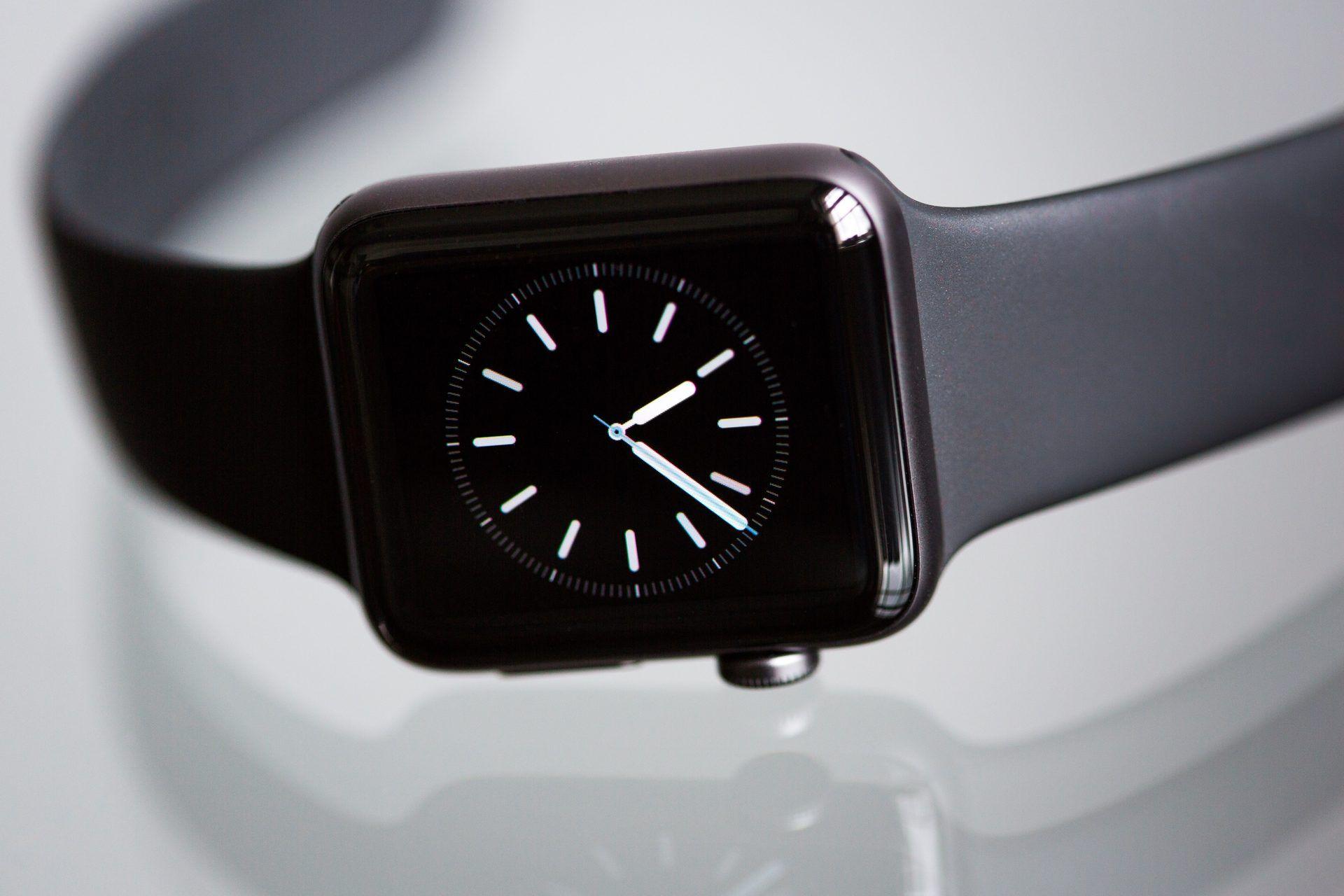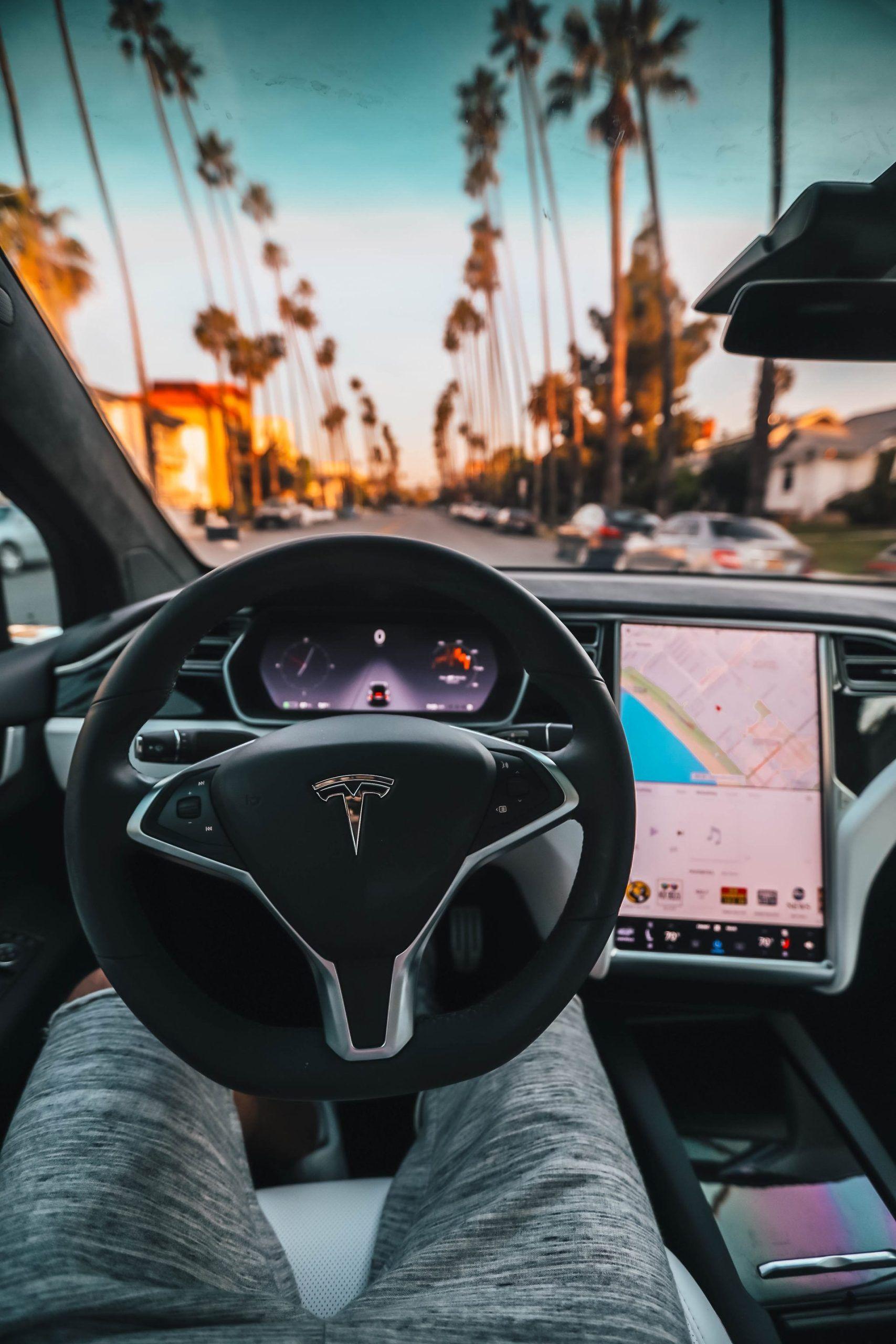Every object and gadget in the world is linked to the internet and one another through ubiquitous computing, also known as pervasive computing. Ubiquitous computing is heavily linked with the Internet of Things (IoT). Probably while reading about cloud computing basics, you came across this term and were curious about what it meant. Don’t worry; this article will enlighten you.
Although the pros and cons of cloud computing are still being discussed, cloud computing jobs are hot and on the rise. Therefore, it makes sense to be interested in this topic. So, let’s take a deep dive into what is ubiquitous computing and learn its advantages, disadvantages, examples, and more.
What is Ubiquitous Computing (Pervasive Computing)?
Ubiquitous computing is also called pervasive computing. Ubiquitous computing (ubicomp) describes the emerging practice of incorporating computing power, typically microprocessors, into everyday objects to improve communication and enable the completion of useful tasks while minimizing the need for end users to interact with computers. Network-connected and always-on computing tools are referred to as pervasive.
Do you know what is end-user computing (EUC)?
In contrast to desktop computing, ubicomp can take place with any device, anytime, anywhere, and using any data format across any network. It can also transfer duties from one computer to another as a user, for instance, moves from his car to his office.
Devices for ubiquitous computing include:
- Laptops,
- Notebooks,
- Smartphones,
- Tablets,
- Wearable devices,
- Sensors, and more.
Mobile devices, embedded systems, wearable computers, radio frequency ID (RFID) tags, middleware, and software agents are typically included in ubicomp, which is frequently regarded as the successor to mobile computing. Artificial intelligence (AI), speech recognition, and internet capabilities are also frequently added.

According to the European Union research, there are now many mobile, wearable, distributed, and context-aware computing applications that fall under the umbrella of ubiquitous computing.
Check out what is mobile computing
Who invented the term ubiquitous computing?
The advent of ubiquitous computing began in the late 1980s. Mark Weiser, CTO of Xerox PARC, first used the term “ubiquitous computing” in 1988. (or the Palo Alto Research Center). Along with PARC’s chief scientist and director John Seely Brown, he co-authored some pioneering studies on the topic.
The term “ubiquitous computing” is credited to Weiser, who delved into its underlying challenges.
What are the features of ubiquitous computing?
The basic goal of ubicomp is the development of intelligent, interconnected items that make communication and data exchange more convenient and unobtrusive.
Important characteristics of ubiquitous computing include:
- Taking into account the human element and applying the paradigm in a setting where people are involved rather than computers.
- The use of low-cost processors lowers memory and storage needs.
- Real-time characteristics captured.
- Computers that are fully linked and always available.
- Concentrate on many-to-many relationships in the environment rather than one-to-one, many-to-one, or one-to-many relationships, as well as the idea of technology, which is always present.
- Includes characteristics of the local/global, social/personal, public/private, invisible/visible, and considers both the generation and transmission of knowledge.
- Utilizes Internet convergence, wireless technologies, and modern electronics.
- Increased monitoring, potential limitations on, and meddling with user privacy.
- The degree of reliability of the various pieces of used equipment.
Ubiquitous computing examples
What is a ubiquitous computing example? Let’s consider autonomous vehicles.
An autonomous vehicle that recognizes its authorized passenger via smartphone proximity, docks and charges itself when necessary, and efficiently handles the emergency response, toll payments, and fast-food payments by interacting with the infrastructure is a great example of a ubicomp system.
Electrical devices must be connected, and microprocessors must be installed to send data. Ubiquitous computing-using devices are always accessible and completely connected.
The following are some more outstanding examples of pervasive computing:
- Human-computer interaction (HCI) is enabled through smart speakers like the Amazon Echo, Google Assistant, or Apple HomePod, which enable communication with the system.
- Voice-activated self-driving cars make commuting easier and potentially save time and energy.
- Smart locks that use the newest technologies keep the owner informed while securing the home.
- Voice-activated smart clocks and lightbulbs that promote energy efficiency.
Is Apple Watch a ubiquitous computing?
Wearable smart devices, such as the Apple Watch or Fitbit, are part of ubiquitous computing.

Apple Watch is ubiquitous and pervasive. These gadgets are developing a “game” that can be played anywhere, at any time, solo or in a group, by obscuring the magic circle that encircles a traditional game.
Check out what is green computing
Ubiquitous computing in HCI (Human-computer interaction)
Consider ubicomp a subclass of human-computer-interaction (HCI) for technologies where the user interacts with the environment and other people more often than with screens.
People using software for prolonged periods in front of screens was the subject of earlier HCI efforts. An excellent classic HCI paper would involve creating a new menuing system, examining user error rates, or creating a visualization for some productivity software.
Most ubicomp initiatives contain some sort of “context,” such as something the system picks up from its surroundings, like a GPS location or an accelerometer on a fitness wristband. Without developing a project, some ubicomp work uses social science techniques to research how people use technology in the real world.
Mobile apps are on the edge of HCI and ubicomp. It will be more HCI than ubicomp if the software is utilized for longer without changing in response to its environment, like a news reader for the bus. It would be more ubicomp if the mobile app interacted with the environment, like a location-based photo-sharing app. Ideally, ubicomp initiatives extend beyond mobile phones to include connected objects and external sensors.
Check out what is quantum computing
Ubiquitous computing advantages
The following are some advantages of ubiquitous computing:
- Reducing service costs,
- Increased industrial efficiency and scheduling,
- Quicker reaction times in healthcare
- More convenient personal financial transactions,
- More precise targeted advertising, and more.
Because it integrates sensors, networking technologies, and data analytics to track and report on several things, including consumer preferences, production procedures, and traffic patterns, ubiquitous computing benefits people.

These computing systems can identify anomalies, mistakes, and pollutants in the workplace, enabling early intervention or averting a calamity there. Inputs, outputs and resource consumption can all be measured through ubiquitous computing, allowing for improved resource distribution over time or better management of resources during peak loads.
The deployment of ubiquitous computing networks and sensors in rural areas can also help provide services in outlying areas. Medical treatments can be delivered outside a hospital or clinic since doctors can check patients’ vital signs from far away.
Interactive media delivery technology, which enables students and instructors to communicate in a personal setting without needing to be in the same classroom, can also be used to give education in rural areas thanks to ubiquitous computing.
Ubiquitous computing disadvantages/challenges
Privacy is one of the most important problems that ubiquitous computing faces. Maintaining system security, privacy, and safety in ubiquitous computing is crucial.
It’s also important to note that despite advancements in ubiquitous computing, the industry still faces difficulties with data security and user-machine interfaces, in addition to technical obstacles that raise questions about availability and dependability.
Despite the rapid spread of smart devices, it is challenging to make ubiquitous computing accessible to all users with a robust infrastructure and ease of use. If ubiquitous computing is to be adopted healthily, it is necessary to overcome the disadvantages presently faced by senior citizens and people who live in rural areas.
Check out the 16 dangerous cloud computing vulnerabilities
Ubiquitous computing layers: How does ubiquitous computing work?
One way to think of ubiquitous computing is as a system comprising various levels, each with certain functions.
- Layer 1: This layer, known as task management, examines user tasks, context, and index. Additionally, it handles the intricate dependencies that come with the region.
- Layer 2: This layer, known as environment management, keeps track of resources and their capabilities, service requirements, and user-level statuses of certain capabilities.
- Layer 3: The environment layer is referred to here, which keeps track of vital resources and regulates their dependability.
Ubiquitous computing vs IoT: What is the difference between ubiquitous computing and IoT?
Due to the incorporation of machines into everyday items and their interaction with users, ubiquitous computing will fall under human-machine interaction. IoT will fall under machine-to-machine interaction, in which machines interact with other machines.

Check out what is AIoT
The idea behind ubiquitous computing is to embed computing power into as many things in our environment as possible. Appliances like stoves, refrigerators, TVs, cars, and so on all have computing power. The Internet of Things (IoT) is the concept of connecting all the items in our environment to the internet.
IoT refers to a situation when these objects are connected to the internet.
These terms can be used interchangeably when common objects in our surroundings have computing capability, in which case they are referred to as ubiquitous computing, and when those same devices are connected to the internet, in which case they are referred to as the internet of things.
Check out what is social computing
Ubiquitous computing applications
There is a wide variety of devices that work with ubiquitous computing systems. These are some of the most common ubiquitous computing applications:
- Logistics
- Smartphones
- Self-driving vehicles
- Smart speakers powered by (IVAs)
- Home automation
- E-commerce
- National security
- Medical technology
- Military and armed forces
Let’s explore the ubiquitous computing applications.
Logistics
Tracking logistical commodities throughout the transportation cycle of raw materials, semi-finished items, and final products bridges the gap between physical movement and information flow in IT control systems (including ultimate disposal). This presents an opportunity to automate and simplify logistics, which are already clear.

Computers may gather, define, and evaluate factual data using sensor technologies. Users must convert the facts into the “scenario,” a more abstract concept thanks to ubiquitous computing.
Smartphones
Since one can usually merely download an app and use it to control their home automation systems and other commonplace apps, they are the most obvious and immediate example of ubicomp.
Self-driving vehicles
It makes effective use of the expertise of ubiquitous computing. The system is intended to respond to transmitted information in various degrees of autonomy, either reactively, through simple monitoring, or proactively.

The system’s goal is to provide a driver-assistance system for in-vehicle use that assists with trip planning (drive panel), creates a comfortable environment for the driver while keeping an eye on him (wellness panel), and controls interactions with their mobile device and the internet adaptively.
Smart speakers powered by (IVAs)
Consider Amazon Echo for Amazon Alexa, Google Home for Google Assistant, and Apple HomePod for Apple’s Siri.
Home automation
There is no shortage of smart home technology, and as home automation gains popularity, the selection will only increase.
We’re only now starting to understand how technology might change the way we live our daily lives, with smart lighting and smart locks for doors, windows, and cabinets. In addition to lighting, home automation systems can control other things like temperature, entertainment, and appliances.
E-commerce
Through the use of a wide range of digital services, smart objects made possible by ubiquitous computing allow for the creation of new business models.

It includes location-based services, the shift from purchasing to renting items, and software agents that will show pervasive computing components how to launch and manage services and commercial ventures on their own.
National security
Identification tools, such as smart cards, and electronic passports, are instances of ubiquitous computing applications in the field of internal security.
Long-term applications of monitoring devices include environmental protection and the observation of vital infrastructures, such as power grids and airports.
Medical technology
As pervasive computing becomes increasingly autonomous, adaptable, smaller, and linked, medical applications provide different possibilities, such as smart implants, for monitoring the health of the ill and elderly in their homes. It may be of special importance since ubiquitous computing integrates well with many application domains.
Thanks to pervasive technology, existing customized health and wellness services that automatically react to and adapt to clients’ wants are already possible. This discipline deals with various difficulties, such as monitoring disease, diagnosing support, coaching behavior, etc.
Military and armed forces
The military field requires knowledge on preventing and addressing potential dangers that are as thorough, multifaceted, and integrated as is practical. Information processing and gathering go under this category. The development of new weapon systems is also covered.
Check out how is artificial intelligence used in the military
Network and ubiquitous computing technologies must be used to undertake many wars in the twenty-first century. Additionally, these methods can improve strategic capabilities, including sensing and detecting, exchanging and sharing complex real-time information, and boosting the capability of the strategic units.
Concluısion
We are surrounded by ubiquitous computing, which will become increasingly important as IoT devices gain popularity for business and personal use. The physical environment will eventually make up the IT infrastructure building blocks enabling smart homes, campuses, and complete smart cities.
Do you know the differences between edge computing and cloud computing? Check the edge computing vs cloud computing comparison






